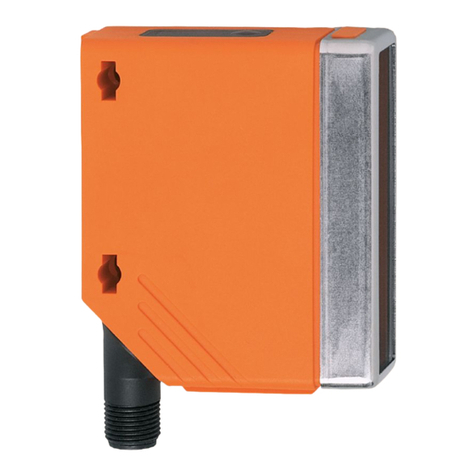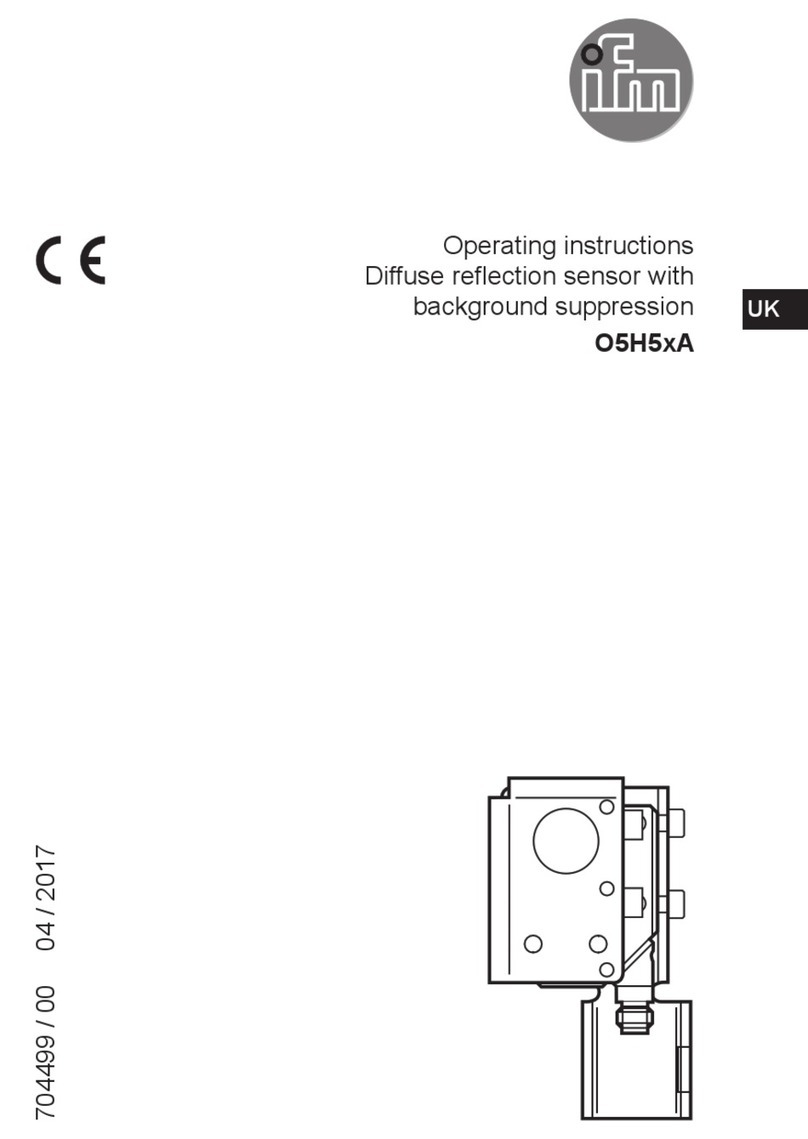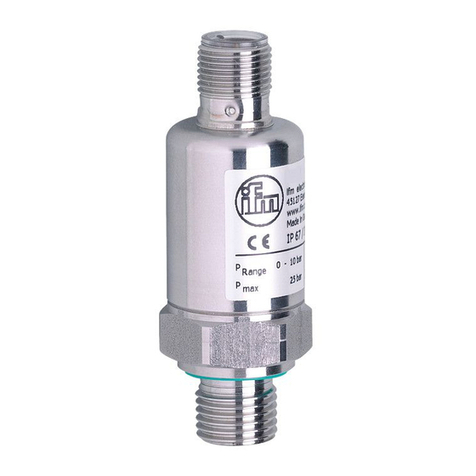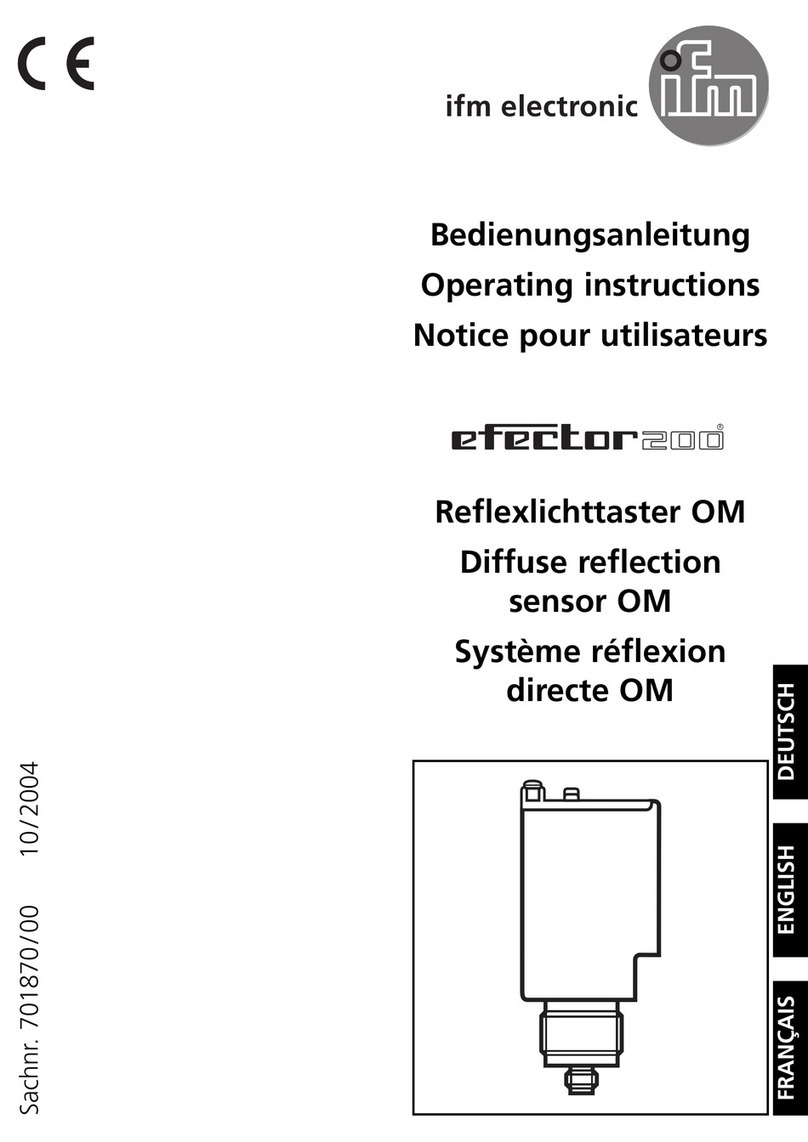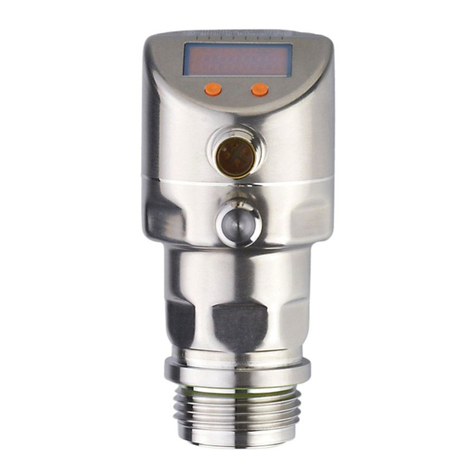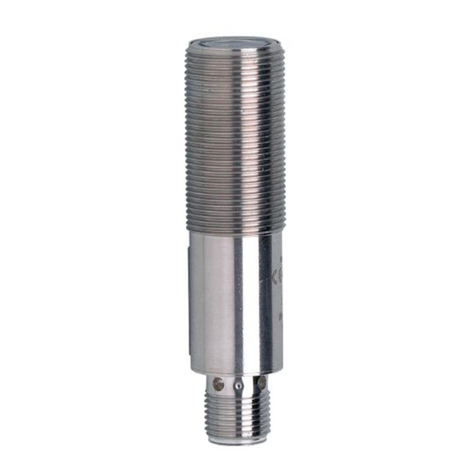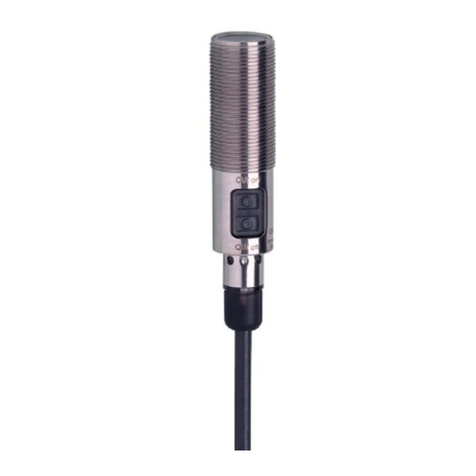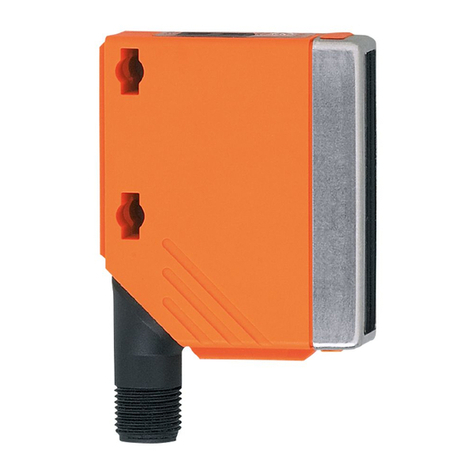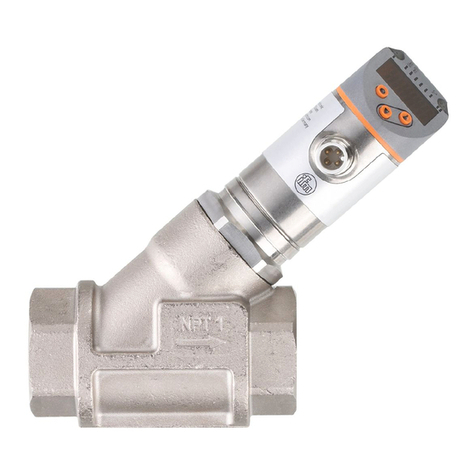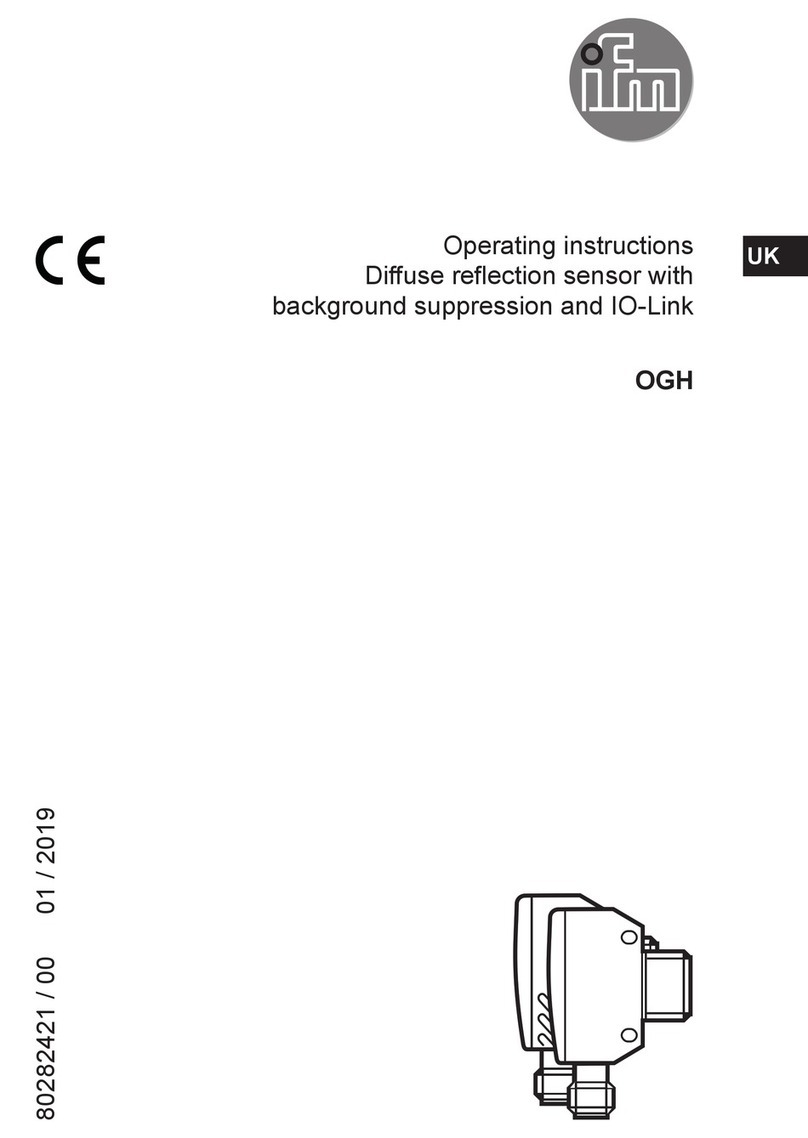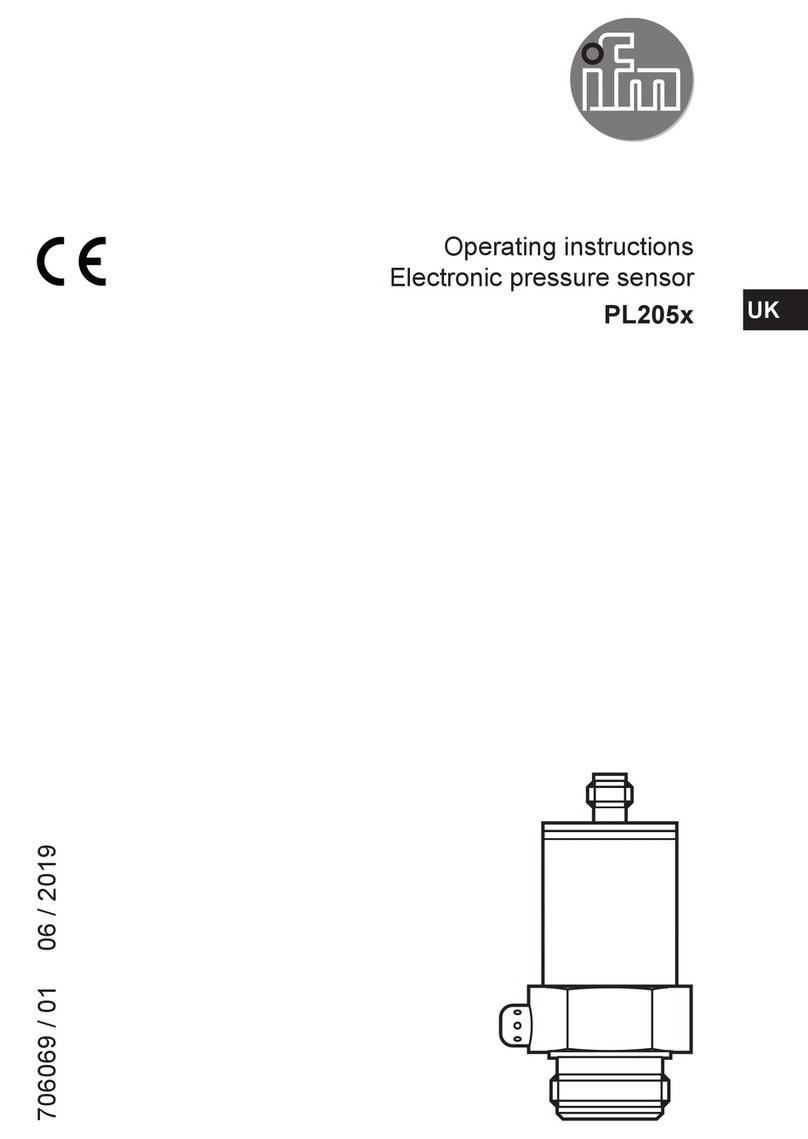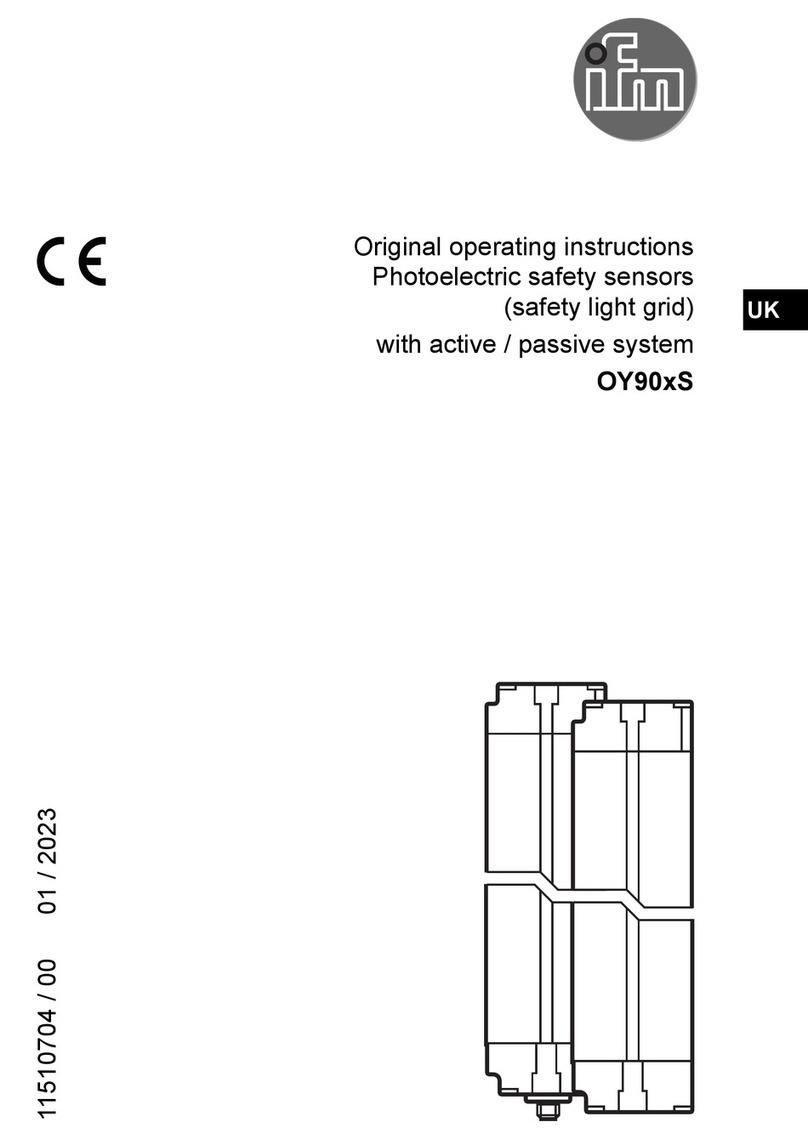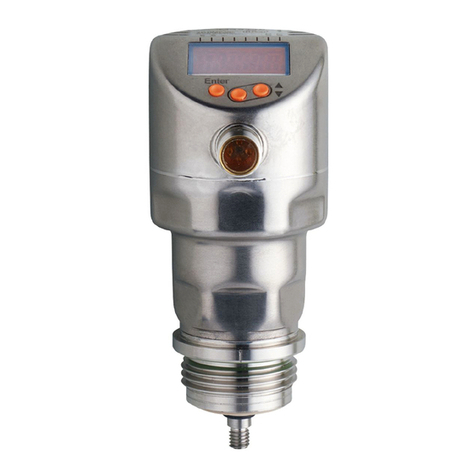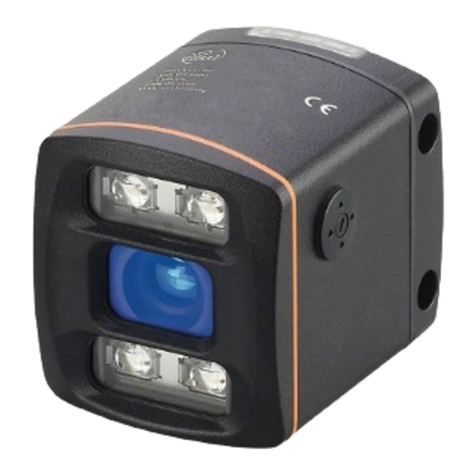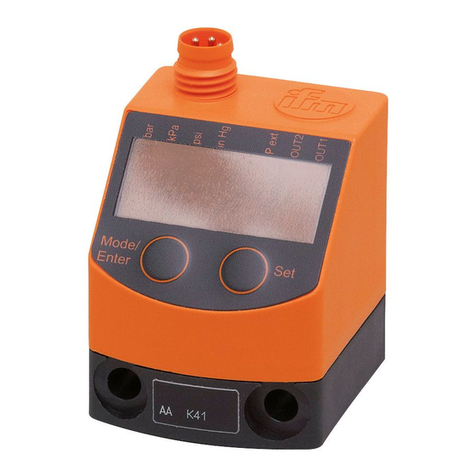
UK
3
9�5 Object 1008h - Manufacturer Device Name � � � � � � � � � � � � � � � � � � � � � � � 23
9�6 Object 1009h - Manufacturer Hardware Version � � � � � � � � � � � � � � � � � � � 23
9�7 Object 100Ah - Manufacturer Software Version � � � � � � � � � � � � � � � � � � � � 23
9�8 Object 100Ch - Guard Time � � � � � � � � � � � � � � � � � � � � � � � � � � � � � � � � � � � 23
9�9 Object 100Dh - Life Time Factor � � � � � � � � � � � � � � � � � � � � � � � � � � � � � � � 23
9�10 Object 1010h - Store Parameters� � � � � � � � � � � � � � � � � � � � � � � � � � � � � � 24
9�11 Object 1011h - Restore Parameters � � � � � � � � � � � � � � � � � � � � � � � � � � � � 24
9�12 Object 1014h - COB-ID Emergency � � � � � � � � � � � � � � � � � � � � � � � � � � � � 25
9�13 Object 1016h - Consumer Heartbeat Time� � � � � � � � � � � � � � � � � � � � � � � 25
9�14 Object 1017h - Producer Heartbeat Time� � � � � � � � � � � � � � � � � � � � � � � � 25
9�15 Object 1018 - Identity Object � � � � � � � � � � � � � � � � � � � � � � � � � � � � � � � � � 25
9�16 Object 2200h - Cyclic Timer � � � � � � � � � � � � � � � � � � � � � � � � � � � � � � � � � � 25
9�17 Object 2300h - Save Parameter with Reset � � � � � � � � � � � � � � � � � � � � � � 26
9�18 Object 2600h - Preset X-Axis (± 90º Version) / Preset (360º Version) � � 26
9�19 Object 2601h - Preset Y axis � � � � � � � � � � � � � � � � � � � � � � � � � � � � � � � � � 26
9�20 Object 2700h Fast Bootup Enable � � � � � � � � � � � � � � � � � � � � � � � � � � � � � 26
9�21 Object 3000h - Node Number � � � � � � � � � � � � � � � � � � � � � � � � � � � � � � � � 27
9�21�1 Programming example (for NN=1): Set Node Number (NN) to 50
Decimal (32h)� � � � � � � � � � � � � � � � � � � � � � � � � � � � � � � � � � � � � � � � � � � � � � � 27
9�22 Object 3001h - Baud rate � � � � � � � � � � � � � � � � � � � � � � � � � � � � � � � � � � � � 27
9�23 Object 3002h - Termination Resistor � � � � � � � � � � � � � � � � � � � � � � � � � � � 28
9�24 Object 3005h - Auto BootUp Enable � � � � � � � � � � � � � � � � � � � � � � � � � � � 29
9�25 Object 3100h - Moving Average Filter (MAF) � � � � � � � � � � � � � � � � � � � � � 30
9�26 Gyroscope signal � � � � � � � � � � � � � � � � � � � � � � � � � � � � � � � � � � � � � � � � � � 30
9�27 Object 3400h - Gyro x axis 16 � � � � � � � � � � � � � � � � � � � � � � � � � � � � � � � � 30
9�28 Object 3401h - Gyro y axis 16 � � � � � � � � � � � � � � � � � � � � � � � � � � � � � � � � 30
9�29 Object 3402h - Gyro z axis 16 � � � � � � � � � � � � � � � � � � � � � � � � � � � � � � � � 30
9�30 Accelerometer signal � � � � � � � � � � � � � � � � � � � � � � � � � � � � � � � � � � � � � � � 30
9�31 Object 3403h - Acceleration x axis 16 � � � � � � � � � � � � � � � � � � � � � � � � � � 31
9�32 Object 3404h - Acceleration y axis 16 � � � � � � � � � � � � � � � � � � � � � � � � � � 31
9�33 Object 3405h - Acceleration z axis 16 � � � � � � � � � � � � � � � � � � � � � � � � � � 31
9�34 Object 3411h - Temperature Gyro � � � � � � � � � � � � � � � � � � � � � � � � � � � � � 31
9�35 Object 6000h - Resolution � � � � � � � � � � � � � � � � � � � � � � � � � � � � � � � � � � � 31
9�36 Object 6010h - Slope Long16� � � � � � � � � � � � � � � � � � � � � � � � � � � � � � � � � 32
9�36�1 Calculation of position / slope value from CANopen readout� � � � � 32
9�37 Object 6011h - Slope Long16 Operating Parameter � � � � � � � � � � � � � � � 32
9�37�1 Calculation of the position value based on the operating parameter
� � � � � � � � � � � � � � � � � � � � � � � � � � � � � � � � � � � � � � � � � � � � � � � � � � � � � � � � � � 33
9�38 Object 6012h - Slope Long16 Preset Value � � � � � � � � � � � � � � � � � � � � � � 33
9�39 Object 6013h - Slope Long16 Offset � � � � � � � � � � � � � � � � � � � � � � � � � � � 34
9�39�1 Calculation of Slope Long16 Offset � � � � � � � � � � � � � � � � � � � � � � � � 34
9�40 Object 6014h - Differential Slope Long16 Offset � � � � � � � � � � � � � � � � � � 34
9�41 Object 6020h - Slope Lateral16 � � � � � � � � � � � � � � � � � � � � � � � � � � � � � � � 35
9�41�1 Calculation of position / slope value from CANopen readout� � � � � 35
9�42 Object 6021h - Slope Lateral16 Operating Parameter � � � � � � � � � � � � � � 35
